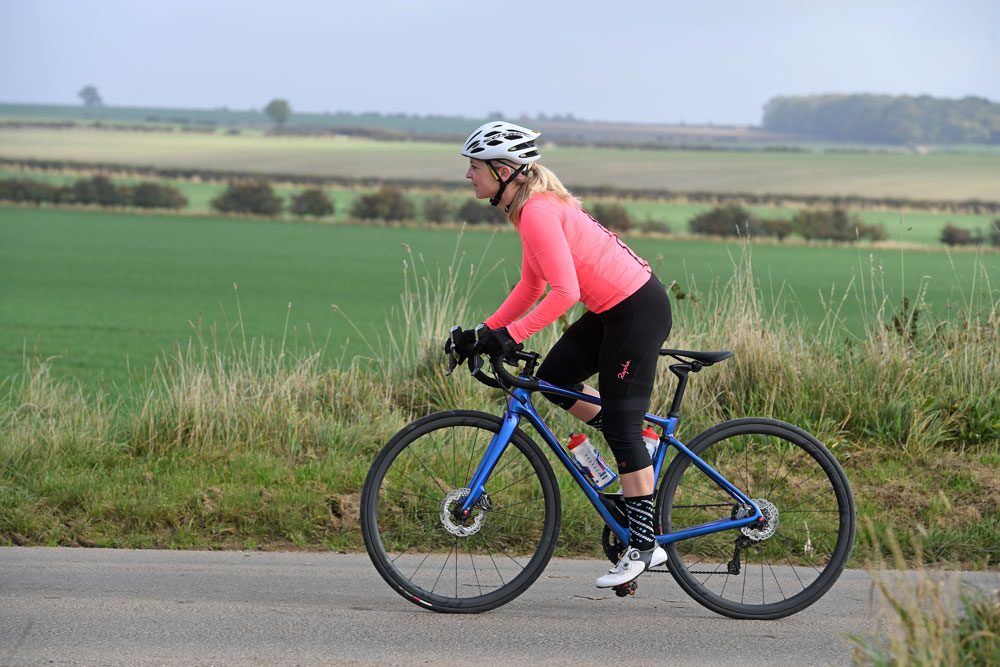The Strava dilemma: Is it money well spent?
Now that Strava is charging £4 per month for full access to leaderboards, Hannah Reynolds assesses whether, in terms of motivation and training benefits, it’s money well spent
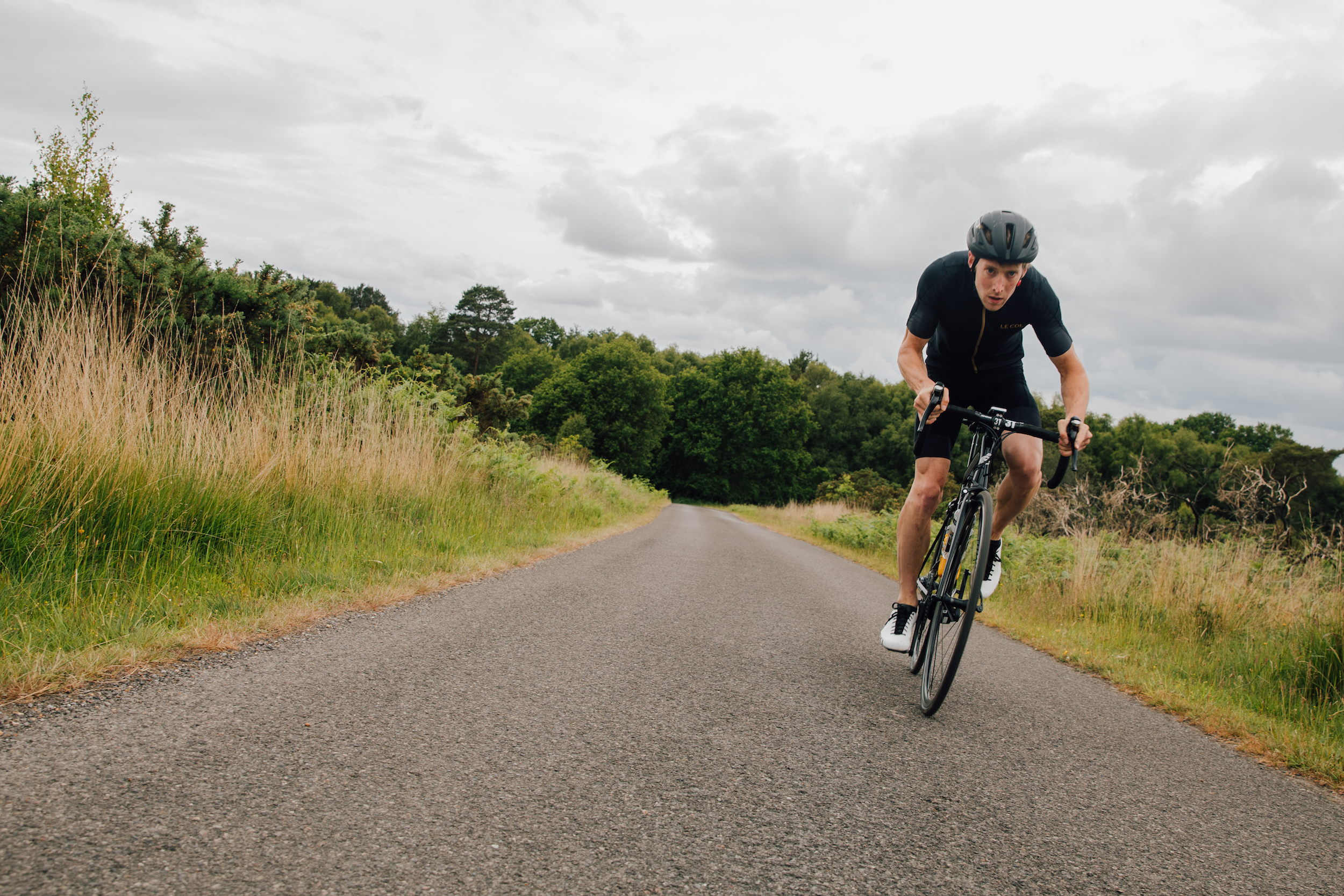
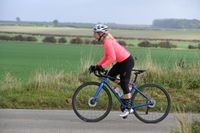
Late last month, training platform Strava made some significant changes to its user terms. Some of the features that were previously free are now available only with a paid-for subscription, and most new development will be available only to subscribers. In Strava’s own words to its users, “A few of our free features that are especially complex and expensive to maintain, like segment leaderboards, will become subscription features. And from now on, more of our new feature development will be for subscribers – we’ll invest the most in the athletes who have invested in us.”
There followed an eruption of passionate responses on social media, many attacking Strava’s decision, but also quite a few defending the platform. We’ve been forced to reassess the value of segments, KOMs and kudos to each of us personally. It’s time to cut through the noise and weigh up the benefits of Strava – to training, motivation and general enjoyment of cycling – against the £4 per month subscription fee: simply, is it worth it?
The switch to a paid-for model has roused heartfelt emotions. Ben Dowman, a psychologist and self-confessed Strava addict, gives his perspective: “From the outside, as a user myself, Strava’s communication has been very parent-child. We have had free access to Strava’s functions for a very long time, and now it feels like we are having our favourite toy taken away from us, with no room for discussion or negotiation.”
There is a saying: if you’re not paying for it, you’re the product. Many assumed that the free use of Strava was granted in exchange for our data – a win-win quid pro quo. I put it to Strava’s global marketing director Simon Klima that this is why some users have reacted angrily. “Subscription has always been the heart of Strava, making up the vast majority of our revenue,” he stated. “We did not sell personal information before, and we do not sell it now.”
>>> Strava unveils new segment feature that lets you top leaderboards without being fastest
I’d hoped to explore this further, but Klima was reluctant to go into detail about how user data fits into the app’s business model, beyond repeating the above assurance.
Given the ongoing effects of social distancing on racing and group training, Strava has a stronger grip than ever on the psyche of competitive cyclists. Therefore, some riders perceive Strava’s timing as harshly opportunistic. In contrast, some other cycling brands are offering extra and free services, e.g. The Sufferfest created a new training plan to help cyclists cope better with lockdown, while extending its free trial period. Then again, Strava has been open about the fact it is yet to make a profit despite its huge user base – and its need to do so may have intensified with the global economic disruption and uncertainty.
The latest race content, interviews, features, reviews and expert buying guides, direct to your inbox!

Whatever the reasons, the sudden changes have left some Strava users feeling unsettled and frustrated. Though Strava is offering a long trial period, it is taking away features that were previously free. Dowman adds: “It will be very interesting to see what happens at the end of the 60-day trial period once users have had a chance to explore all the new benefits and functions. Will it be enough to convince them to pay to continue?”
Part of our lives
Strava has been around since 2009 and has become deeply embedded in cycling culture, becoming a part of our everyday lives and language. Like other forms of social media, it gives us a sense of community and connection with like-minded individuals – not to mention the addictive dopamine drip of kudos clicks, Strava’s equivalent of ‘likes’. It lets us peer into the cycling lives of other people and make comparisons, a double-edged sword that can be motivating but can also provoke envy and resentment. Above all, Strava provides opportunities for competition every time you ride your bike. Behind the scenes, the company has worked very hard to make its platform about more than just leaderboards and KOMs.
Coach, Ribble-Weldtite rider and Cycling Weekly columnist Jacob Tipper was one of the voices on social media supporting Strava’s new subscription structure. He tweeted: “90% of cyclists I know use Strava almost every day, I’d rather be giving them [Strava] £4 a month then giving it to Netflix, Amazon, Apple Music and others. If you own a £4k bike, it’s not that big a deal, or just continue using the free version without leaderboards.” It was one of his most popular tweets ever.
I contacted Tipper and asked, what makes him so emphatically supportive of Strava?
“It 100 per cent revolutionised my cycling, made me more accountable, more analytical, and helped me discover new routes.” he said. “The segments provided me with new motivation when it was otherwise lacking.”
As a coach, Tipper believes there are many ways Strava benefits his athletes. “I like that riders have the option to do their intervals on specific segments and climbs as part of a ride loop instead of doing repetitive repeats on a turbo.”
Strava can also be useful in finding the best places to do intervals, he added. “It gives a way of calculating how long a climb will take so you can design a loop for specific training sessions.”
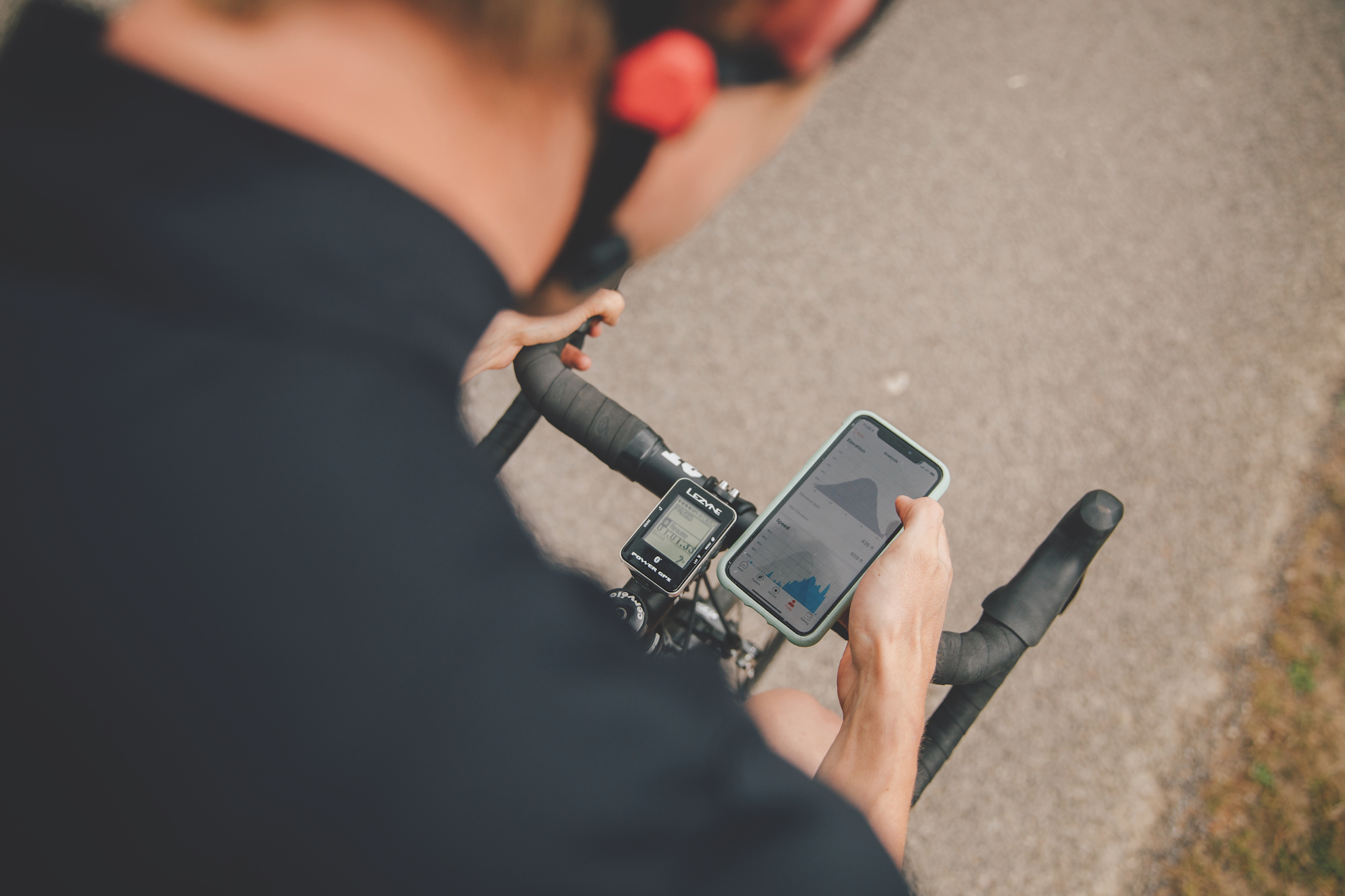
If your session requires some hard efforts, tackling a segment gives a bit of extra motivation, as Tipper explained. “Pinning on a virtual number gives a different level of determination.”
For Tipper, there are many good reasons to include Strava segments to test your fitness but also check your technique.
“A good thing with Strava is that it gives accountability towards speed, not just power.” This is particularly beneficial for those who do much of their training indoors. “It’s easy when doing full-gas efforts to sit bolt upright or get out of the saddle to increase your watts, but that doesn’t actually make you go fast. Having more insight into speed can really help; it’s speed that wins races, not power.” It is not for everyone, he conceded. “You can’t use it all the time, but some people are very keen and respond to it very well.”
This is a view shared by physiologist and coach Dr Andy Middlebrooke of Exercise Science Consulting, who uses Strava with some of the riders he coaches. “We might only do a lab-based test every two to three months, but we can choose a segment for them to ride regularly and use that as a performance test on a monthly basis,” he said. “It is done in a controlled way; I specify it in their training plan – it’s not a random attack.”
Leaderboards and segments have been created by the growth of the community. It’s riders who have made this addictive feature what it is – hence why Strava users have a strong sense of ownership over it. Leaderboards were previously free, but now only the top-10 is visible unless paying a subscription. KOM chasing, particularly in very popular cycling areas, is the preserve of the strongest riders, so the effect is that the majority of users are now unable to check their position – unless they pay.
In the early years of Strava, a moderately fit rider on a good day with conducive conditions could scoop up a few KOMs or top-10s within a ride without specifically targeting them. Now, it’s all about KOM sniping. It’s almost impossible to stumble into a segment and get a good place on the leaderboard. Those serious about their rankings have to meticulously prepare before making a specifically targeted KOM attempt. You need to know the exact start-finish positions of the segments and the best wind conditions to tackle them. “You used to get people chasing KOMs on steady rides,” said Tipper, “but that doesn’t happen so much now that it’s harder. Riders only make specific, planned attempts.
Chasing segments
Strava has changed the way some people ride, using segments as unstructured intervals, polarising riding efforts. This can be beneficial for fitness, compared to single-paced riding. However, it has its limitations, as Dr Middlebrooke explained: “We know that athletes need to do training sessions in different zones to improve their performance: recovery rides, long steady rides, high-intensity efforts – it’s very well established. Segment chasing, however, can lead to riders pushing themselves really hard all the time, reaching a point where their performance goes downhill.”
It’s often easy to spot a KOM-chaser in the lab just by looking at their physiological data, said Middlebrooke: “If I test someone in the lab and they have really good top-end but very little endurance and a low threshold, I will ask them if they use Strava a lot, and often the answer is yes.”
Always hitting it hard on segments might get you to be king or queen of your patch in the short term, but your personal development and ongoing Strava domination can’t last. “Because all of their training time is working in Zone 4 or above, targeting segments, they aren’t doing longer, steadier rides,” explained Middlebrooke.
“They often have a low threshold and if you don’t develop a large base to your pyramid, it can’t support a higher top end. Eventually their development stalls.”
Once your progress stalls, your motivation can take a knock. “From a mental perspective, they can’t keep seeing the performance improve at the same rate. If you get too obsessed with leaderboards instead of personal performance, it can lead to feeling disheartened.”
Though it’s the leaderboards, KOMs and segments that continue to define Strava for most users, the company has tried to position itself as a training tool, putting a huge amount of development work into its fitness metrics. Tipper values these tools in his coaching: “Strava is a very user-friendly format and for most people it is more than enough.”
Tipper also uses Golden Cheetah for data analysis and TrainingPeaks for setting training sessions. “If Strava offered a coaching option with a calendar to set training sessions, I’d take it. At the moment, I’m using multiple platforms; TrainingPeaks offers great functionality for coaches but is not the simplest to understand for most athletes.”
Intelligent analysis
Dr Middlebrooke’s coaching approach is to help riders cut down on wasted time. “People want me to do their thinking for them; they trust me to set the right sessions, monitor and adjust their training to match their lifestyle so they can improve.” In this regard, Strava can sometimes be a hindrance. “I’ve seen riders doubling the length of their ride by spending so much time on analysis,” – by this he means segment-watching. “Certain personality types enjoy access to all that data and competition.” There are many tools for storing and monitoring your training data, but it’s segments and leaderboards that keep you coming back to Strava.
If used intelligently, Strava’s analysis has real benefits. “Strava provides a fantastic environment for a recreational rider who wants to get better,” concluded Middlebrooke. “It has everything, it provides the motivation to do longer rides, faster rides and monitor their progress. It provides all the metrics you need in one place, even route planning, in a way that is easy to understand.”
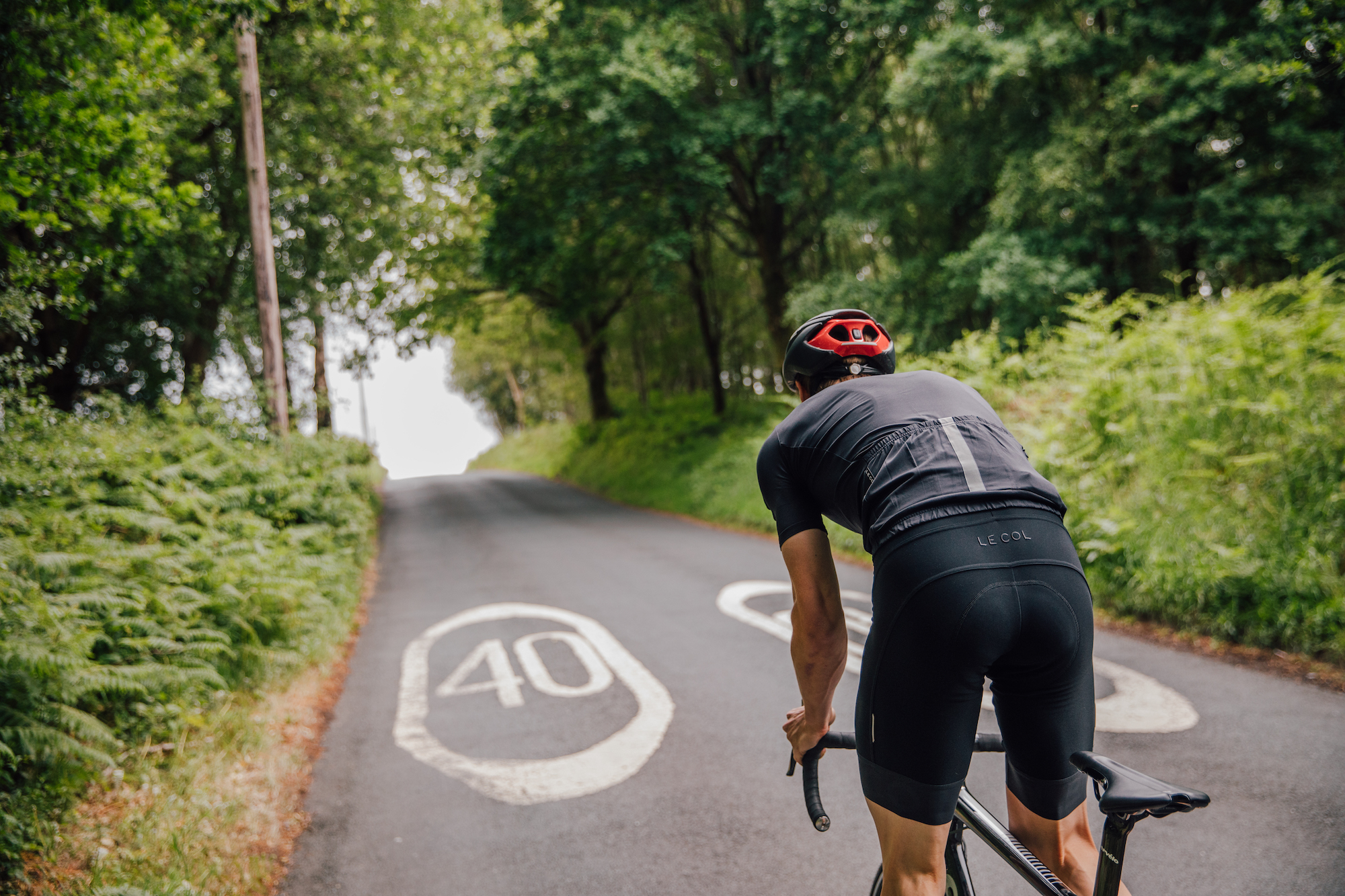
Of course, it isn’t only Strava that relies on subscriptions to survive, but also cycling magazines like this one. Here’s an anecdote from several years ago that I feel highlights how audience (or ‘community’) frustration sometimes belies underlying loyalty. I was working in the CW office when a reader called with a complaint and asked to speak to the editor – at that time, Robert Garbutt. The reader ranted about how the magazine was not value for money and was taking the wrong path editorially. Garbutt very calmly told him that he had a choice: he could buy the magazine or not. At this point the reader grew even more irate and yelled: “I will keep buying it, and you can’t stop me!”
Emotional response
Perhaps the reaction to the Strava subscription change isn’t really about money after all. As many people have pointed out, £4 is a couple of energy bars or a fancy coffee – just £48 per year. The strong responses are about relationships, control and sense of being valued (or not). Strava has claimed to be “re-dedicating Strava to our community” – reminding us that it has the power to give and take away at a moment’s notice. For some users, it’s their sense of dependency on the app that makes them feel vulnerable. For others, the sense of outrage stems from a feeling that Strava is not treating its community as equals, or not fully recognising that it is its users who have given the platform such a stronghold within cycling. After all, what are leaderboards and segments without riders populating them?
Those who value Strava’s full features will likely subscribe, whether happily or reluctantly. While Strava’s ambition “to make a product so good that you’re happy to pay for it” is both admirable and makes sound business sense, some users still feel that in their transaction with Strava, they are giving more than they are getting in return. Even though Strava’s corporate line is to say they support those who support them, with better functionality and new app developments, there is a natural human tendency to most notice what we have lost rather than what we might gain in future.
Strava users speak out: Is it worth it?
NO
Owen Rogers
Freelance cycling writer
I enjoy going out as much as I can, but it is not training – it is going out, thrashing myself, going as fast as I can, then having a glass of wine afterwards. I have no events planned, no intention of racing and the only person I’m in competition with is me.
I do want to improve in some ways, but I’m not so bothered as long as the age-related decline is slow. I enjoy longer rides, 40 miles plus, but also recognise the need to go out and do shorter, faster stuff. Sometimes I go fast, have a rest and then go fast again – some people call that interval training, I think! I do keep an eye on cadence, speed, heart-rate elevation and all the other bits, but I can do that on Garmin Connect, which has other features, all of which are free. Leaderboards are the only thing that makes Strava worth having, but I’m not sufficiently bothered or interested.
Will you pay? No, I’m not paying, though I may change my mind later. Of course, I totally understand why others want to pay for it – after all, it needs paying for – but I’m not interested.
MAYBE
Emily Baldock
Owner of Cyclista women’s cycle clothing
I use Strava as a way of tracking my progress and training against myself. I am just getting back to fitness after having my second child and it is very satisfying to see my fitness metrics moving upwards. I use segments to push myself harder than I would if I was training on my own; it is good for motivation. I use the rolling four-week view to build up my training time, ensuring I make sensible progressions. I enjoy the community and social interaction of the platform. It’s even more important now as a way of keeping in touch with others and seeing their riding. It does annoy me that there are some inaccuracies – I have ridden with other people and our average speeds have been very different, despite being side-by-side nearly the whole time.
Will you pay? I’ve never paid for Strava but I may do in the future if I find that the functions I enjoy are no longer available for free.
YES
Helen Jackson
Prolific QOM holder and masters racer
I use Strava for planning routes and exploring different segments. The route-building facility is really good and heat-maps allow you to find popular routes, which is good for exploring new areas. You can get a fairly accurate estimated time for a planned route based on your average speed, which is helpful. With the loss of racing, thanks to social distancing, I’ve spent more time on Strava – it’s about competing but also about community, as many of the names on the leaderboards are women who in normal times I would be racing against. As with any tool, it is good if you use it properly and safely.
Will you pay? Yes! Paid. It is worth it for the experience of planning and recording my rides.
Four quid well spent?: Monthly app costs compared
Strava’s unique offering is its leaderboards, segments and community – if you just want mapping or data analysis, there are alternatives, below. Could Strava one day become a one-top shop catering for all your needs?
TrainingPeaks
Cost: $9
Benefits: Best used in conjunction with a TrainingPeaks training plan (additional cost) or while being coached. Allows you to track and monitor fatigue, fitness and form as well as plan, upload or export training sessions
Golden Cheetah
Cost: free
Benefits: Forensic levels of data analysis, rigorously supported by scientific research. If you want total control of your data, have a deep understanding of physiology and a clear purpose to your analysis this is the tool for you.
Today’s Plan
Cost: £9
Benefits: In-depth analysis, access to training plans and the ability for individuals or coaches to set and adapt training via the intuitive daily calendar. An excellent one-stop resource for recording, monitoring and assessing training progress.
Komoot
Cost: £2.49
Benefits: If route planning is your thing, Komoot offers one of the best mapping and route planning options, which uses its community to identify popular cycling areas. It has an active and growing social side with users sharing and comparing routes.
This article was originally published in Cycling Weekly magazine, available every Thursday from shops for just £3.25
Hannah Reynolds interest in cycling began while studying for a degree in Sports Science at the University College Chichester and surrounded by elite level cyclists. She is now undertaking a PhD at Sheffield Hallam University investigating the use of e-bikes by older people.
A committed dabbler whose passion outweighed her talent Reynolds has competed across all disciplines of cycling bar BMX. In the very distant past she has been south-east road race champion, southern cyclo-cross champion and finished third in the European 24hr Solo mountain-bike champs in 2011. She was also the Fitness Editor of Cycling Weekly for 15 years.
Hannah Reynolds is author of several cycling books, France-en-Velo a guide to the ultimate 1000 mile cycle route from the Channel to Med; Britain's Best Bike Ride. LEJOG1000; A 1000 mile journey from Land's End to John o' Groats and 1001 Cycling Tips.
